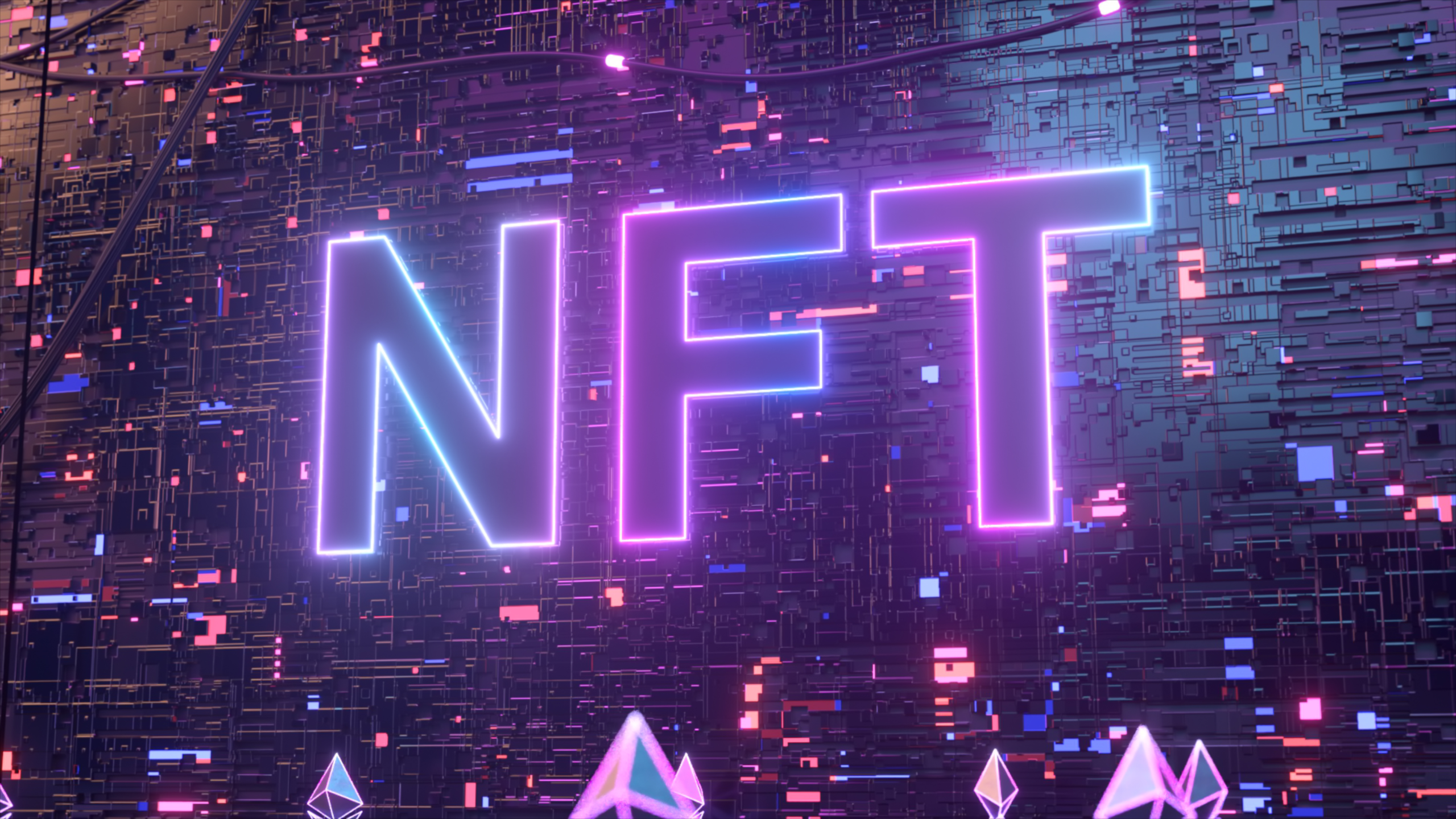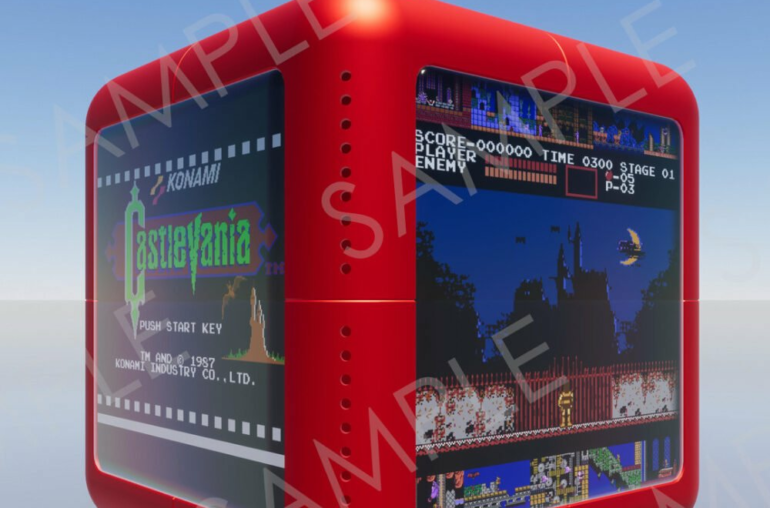Founded in 1993 by brothers Tom and David Gardner, The Motley Fool helps millions of people attain financial freedom through our website, podcasts, books, newspaper column, radio show, and premium investing services.
Founded in 1993 by brothers Tom and David Gardner, The Motley Fool helps millions of people attain financial freedom through our website, podcasts, books, newspaper column, radio show, and premium investing services.
Motley Fool Issues Rare “All In” Buy Alert
You’re reading a free article with opinions that may differ from The Motley Fool’s Premium Investing Services. Become a Motley Fool member today to get instant access to our top analyst recommendations, in-depth research, investing resources, and more. Learn More
The good news is that Apple (AAPL 7.55%) is now supporting non-fungible tokens (NFTs) in its App Store. Given Apple’s massive influence in the tech world, this would seem to signal the future mass-market adoption of NFTs. The bad news is that Apple’s new NFT rules are potentially so restrictive and onerous that there has already been blowback in the crypto community.
Since Ethereum (ETH 1.56%) and Solana (SOL 4.17%) are the two top crypto players in the NFT world, it’s clear that Apple’s new NFT policies are going to have an important impact on how these two cryptos move forward. Let’s take a closer look at three controversial Apple NFT rules and what they might mean for Ethereum and Solana.
Apple’s decision to take a 30% cut of all in-app NFT transactions is the one issue that is getting the most attention. Yes, you can now buy and sell NFTs within apps, but Apple will impose its standard 30% fee on all transactions. This “tax” has always been a huge source of contention in the tech world. There have been lawsuits fought over this, and even Elon Musk has weighed in on the matter. Some developers and creators see this 30% tax as potentially killing the NFT app business.
Image source: Getty Images.
Solana has already stepped forward and said it would not go along with this 30% tax. To see how this plays out in real life, let’s take the example of Magic Eden, which is the top Solana NFT marketplace. Right now, you can go into the App Store and download the Magic Eden app. Once you open up Magic Eden on your iPhone, you can browse all the popular NFT collections and view all the top NFT projects. But you can’t buy anything within the Magic Eden app right now. If you find an NFT you want to buy, you have to go to the Magic Eden website, where you will be charged a much more reasonable 2% transaction fee.
Another very controversial issue is Apple’s decision not to allow cryptocurrency as a form of payment for any NFTs. In many ways, this goes against the entire concept of NFTs. For NFT collectors, the way you have traditionally paid for NFTs is with crypto. When you go to OpenSea, which is the biggest Ethereum NFT marketplace, you see the price of NFTs quoted in ETH, not dollars. When you go to Magic Eden, you see the price of NFTs quoted in SOL, not dollars.
Nonetheless, the decision by Apple to ban crypto payments could make NFTs easier to understand for the casual user. It’s not natural for most people to say something like, “I just got a bargain on my Bored Ape NFT. I only paid 75 ETH for it.” As some have pointed out, Apple is just trying to simplify NFTs for the average person. You pay for your digital music in dollars, so why shouldn’t you pay for your digital NFTs in dollars?
Where things get particularly restrictive is when it comes to what types of NFTs people will be able to buy, sell, and trade. For now, it looks like Apple is putting a de facto ban on utility NFTs, which are NFTs that contain extra features, benefits, or perks. In very simple terms, these are NFTs that are not just pretty pictures — they come with other bells and whistles that make them valuable. Apple has specifically included language about NFTs not being allowed to unlock other “features or functionality” in its NFT policy.
The biggest impact here could be on play-to-earn (P2E) games, which include the option to earn or acquire in-game assets while playing the game. These in-game assets are often in the form of NFTs. Since Ethereum is generally considered to be the premier blockchain for P2E gaming, this Apple policy would seem to have the greatest impact on the Ethereum NFT ecosystem.
Right now, it looks like Apple could be trying to become the leader in the mobile NFT space. If you own an NFT, Apple wants it to be on an iPhone. If you are buying NFTs in the primary market or trading NFTs in the secondary market, Apple wants you to be doing it on an iPhone. And, of course, Apple will take a nice cut of every single transaction. Genius!
Solana thinks it has a grand workaround for all of this: a new “mobile crypto” strategy that includes the first-ever crypto phone. The new Saga phone is set for release in the first quarter of 2023. While this phone was never designed to be an Apple challenger or to shake up the Apple ecosystem, it could convince developers to leave Apple for Solana and for users to make future NFT transactions via Solana. For that reason, I’m more optimistic about Solana than Ethereum when it comes to the future of NFTs.
Taking a big-picture view, Apple’s formal entry into the NFT world opens up new opportunities for both Ethereum and Solana. Apple is trying to make NFTs as simple and easy to use as possible. That will grow the overall size of the NFT pie for Ethereum and Solana. It’s up to these two cryptos, however, to figure out how to protect their slice of that pie if Apple ever becomes a dominant player.
Dominic Basulto has positions in Ethereum. The Motley Fool has positions in and recommends Apple, Ethereum, and Solana. The Motley Fool recommends the following options: long March 2023 $120 calls on Apple and short March 2023 $130 calls on Apple. The Motley Fool has a disclosure policy.
*Average returns of all recommendations since inception. Cost basis and return based on previous market day close.
Market-beating stocks from our award-winning analyst team.
Calculated by average return of all stock recommendations since inception of the Stock Advisor service in February of 2002. Returns as of 10/31/2022.
Discounted offers are only available to new members. Stock Advisor list price is $199 per year.
Calculated by Time-Weighted Return since 2002. Volatility profiles based on trailing-three-year calculations of the standard deviation of service investment returns.
Invest better with The Motley Fool. Get stock recommendations, portfolio guidance, and more from The Motley Fool’s premium services.
Making the world smarter, happier, and richer.
Market data powered by Xignite.


